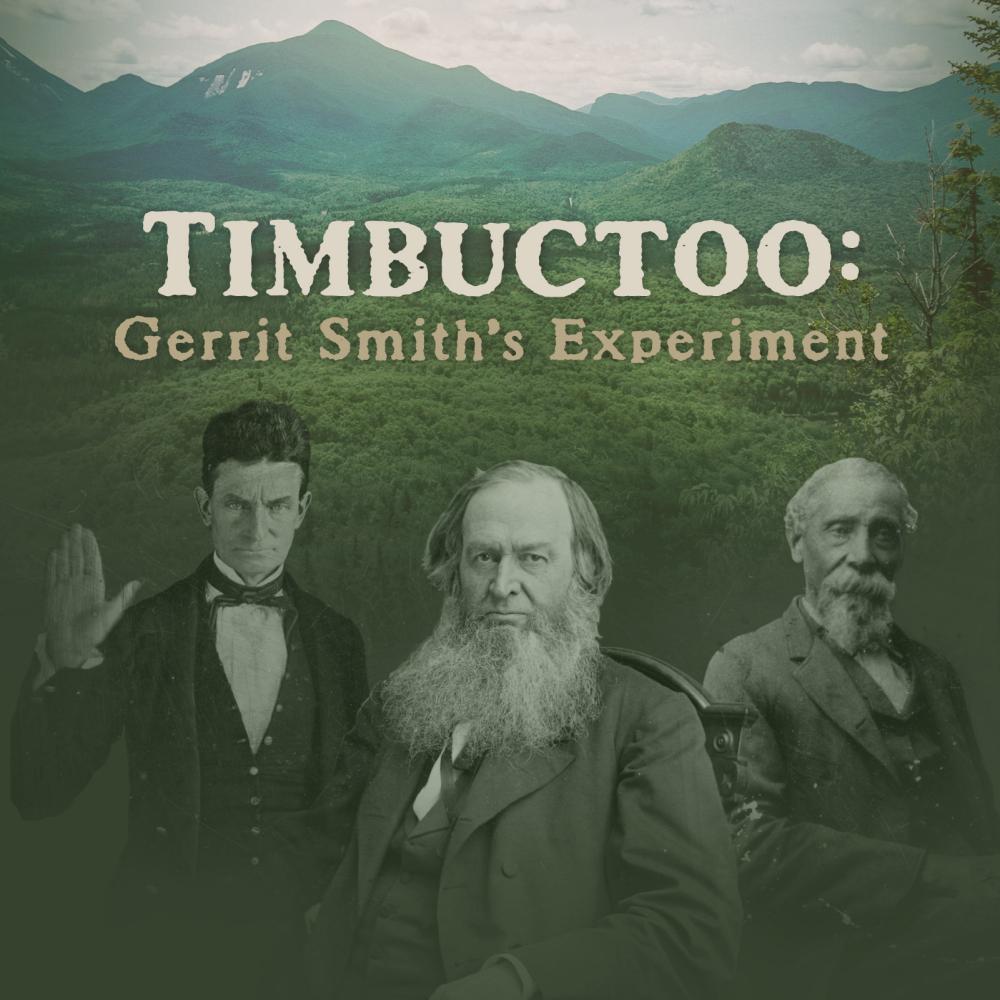In 1846, New York State enacted a law requiring African American men to own $250 worth of property to vote. To circumvent this unjust law, radical abolitionist Gerrit Smith gave away 120,000 acres of land in Essex and Franklin Counties, New York, to 3,000 free Black men, thereby qualifying them to vote.
Timbuctoo: Gerrit Smith’s Experiment presents a short video about the insurmountable challenges its settlers faced as they fought to establish their unique community amidst New York's Adirondack mountains.
Filmmaker Paul A. Miller created this exhibit component for the NYS Museum based on his documentary titled, Searching for Timbuctoo. The film, which officially airs on WAMC/PBS in June 2022, tells the history of this forgotten settlement and New York State on the brink of civil war and follows an archaeology team looking to unearth evidence of the community.






